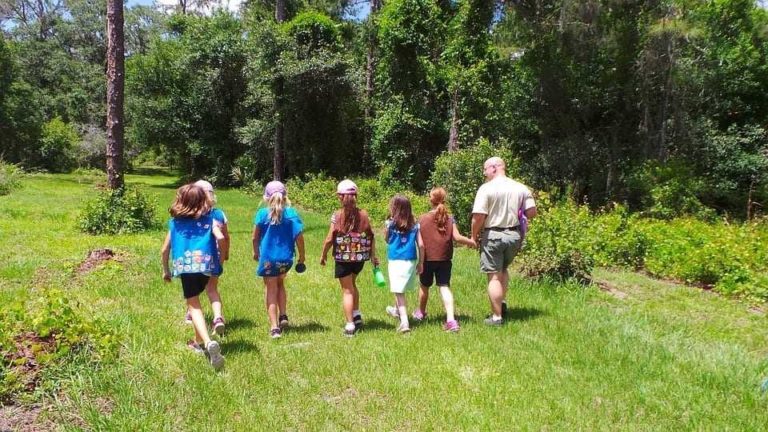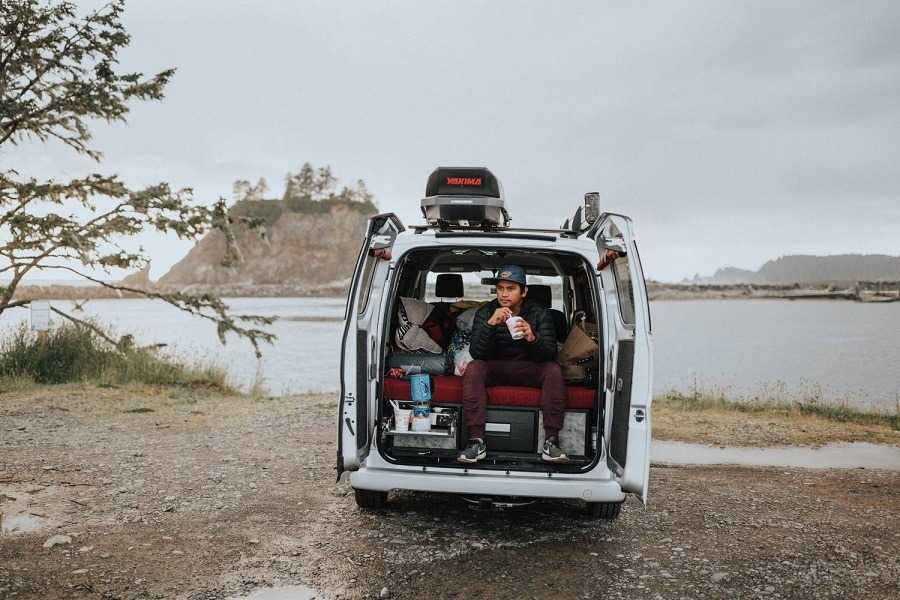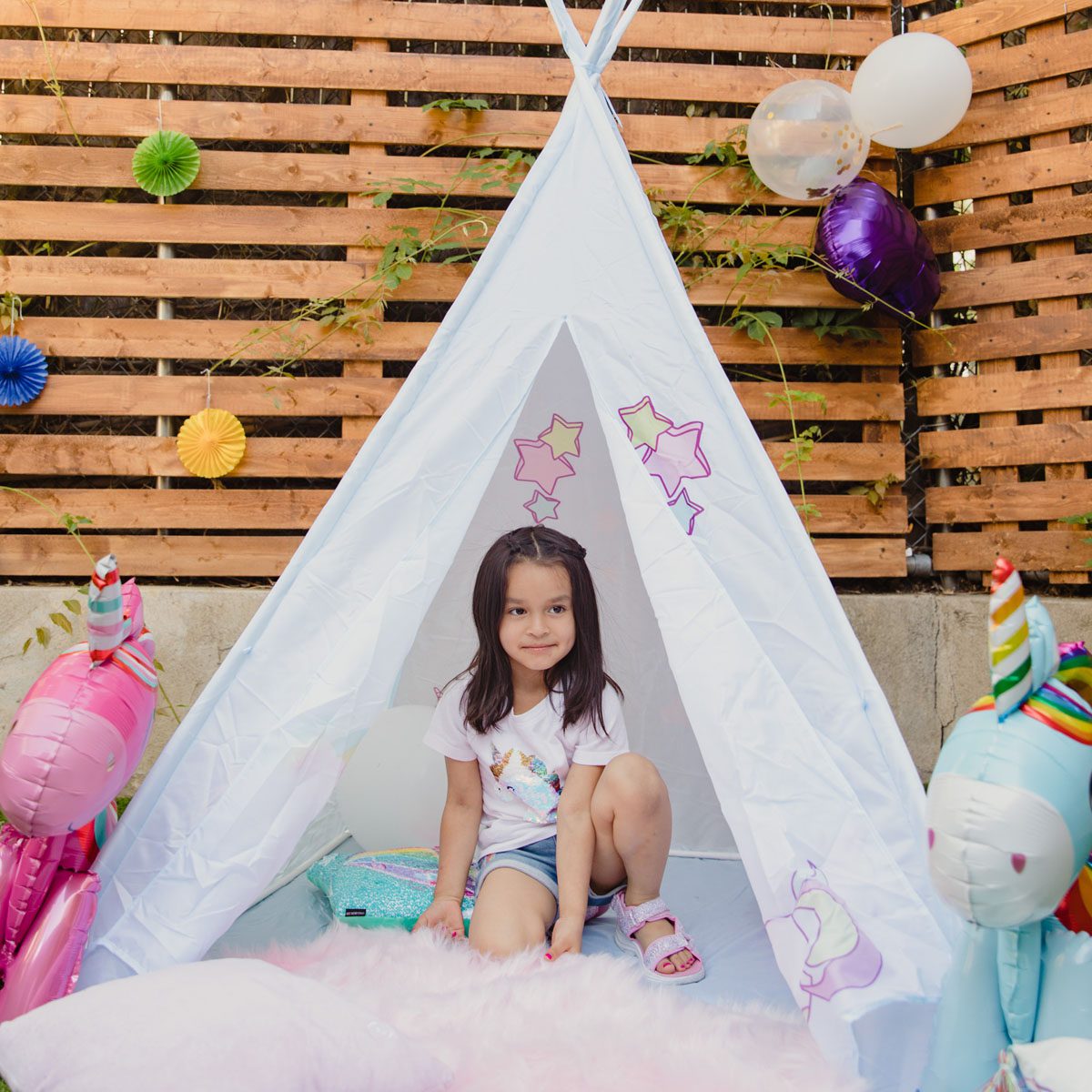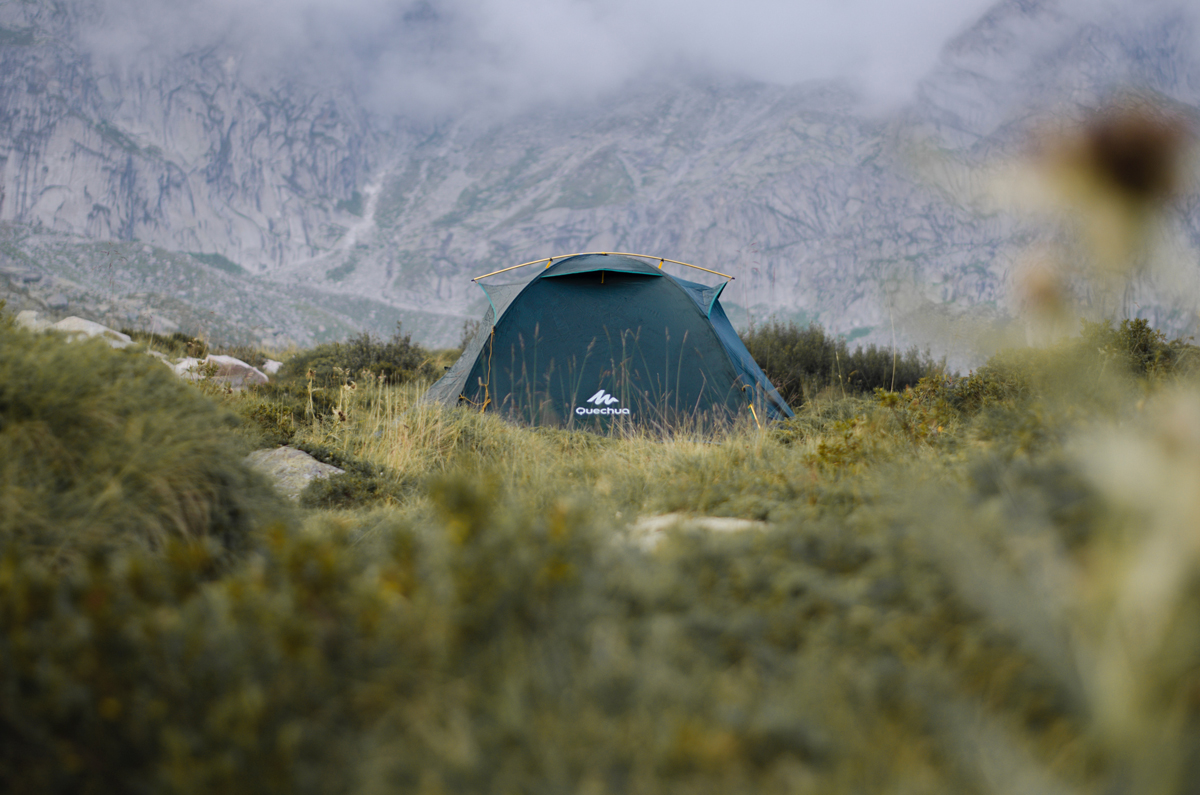Phone
+1-650-666-095
Contact E-mail
[email protected]
Address
16192 Coastal Hwy, Lewes, DE 19958-3608
How To Sleep Outside Without A Tent: A Beginner’s Guide
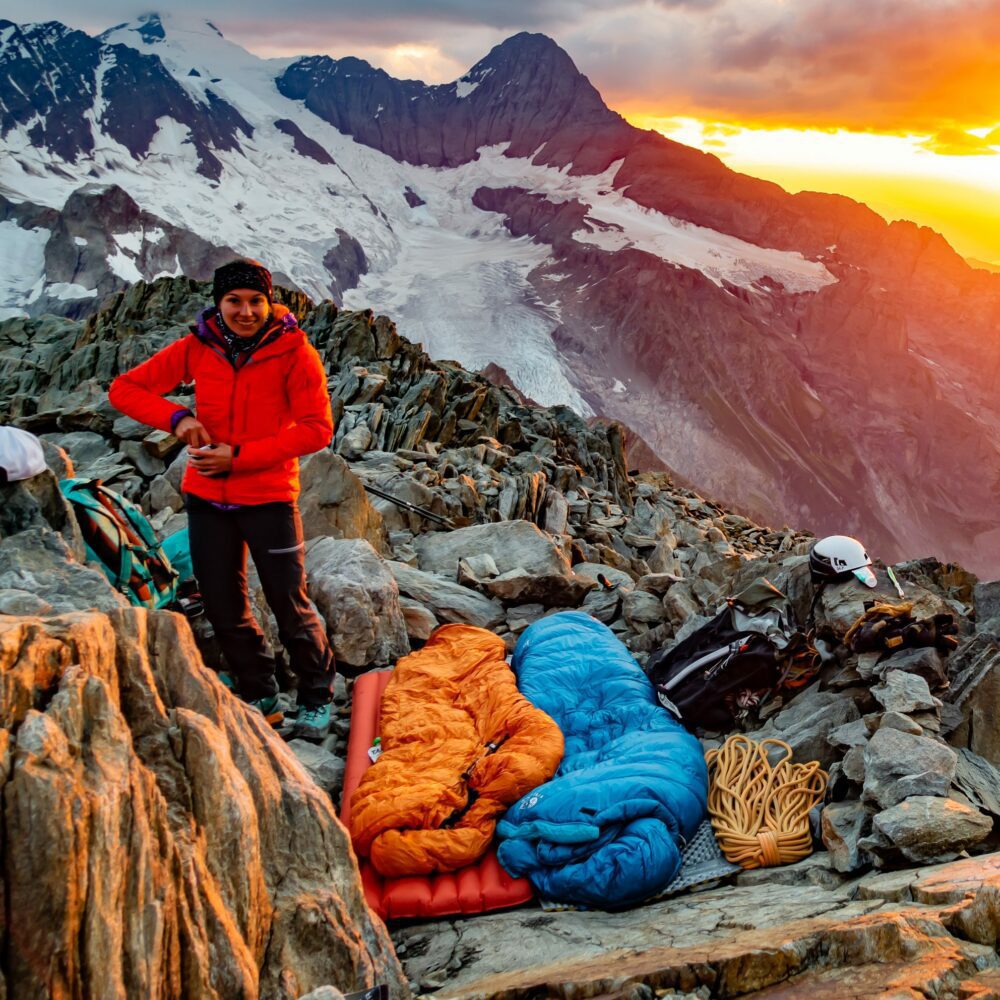

Whether you’re looking to save space and weight or hoping to save money on your next camping trip, you can sleep outside without a tent in many ways.
In this post, we’re sharing how to sleep outside without a tent in various situations. Some variations require specific gear while others simply require some creativity.
How To Sleep Outside Without A Tent in 7 Ways
1. Hammock
A hammock is the most common alternative to tenting. They’re lighter to carry and arguably more comfortable while providing cover from the elements.
Although a hammock provides cover from the elements, it is thin and doesn’t keep wind and cold out like a tent. You still need a sleeping bag and pad to provide ultimate comfort.
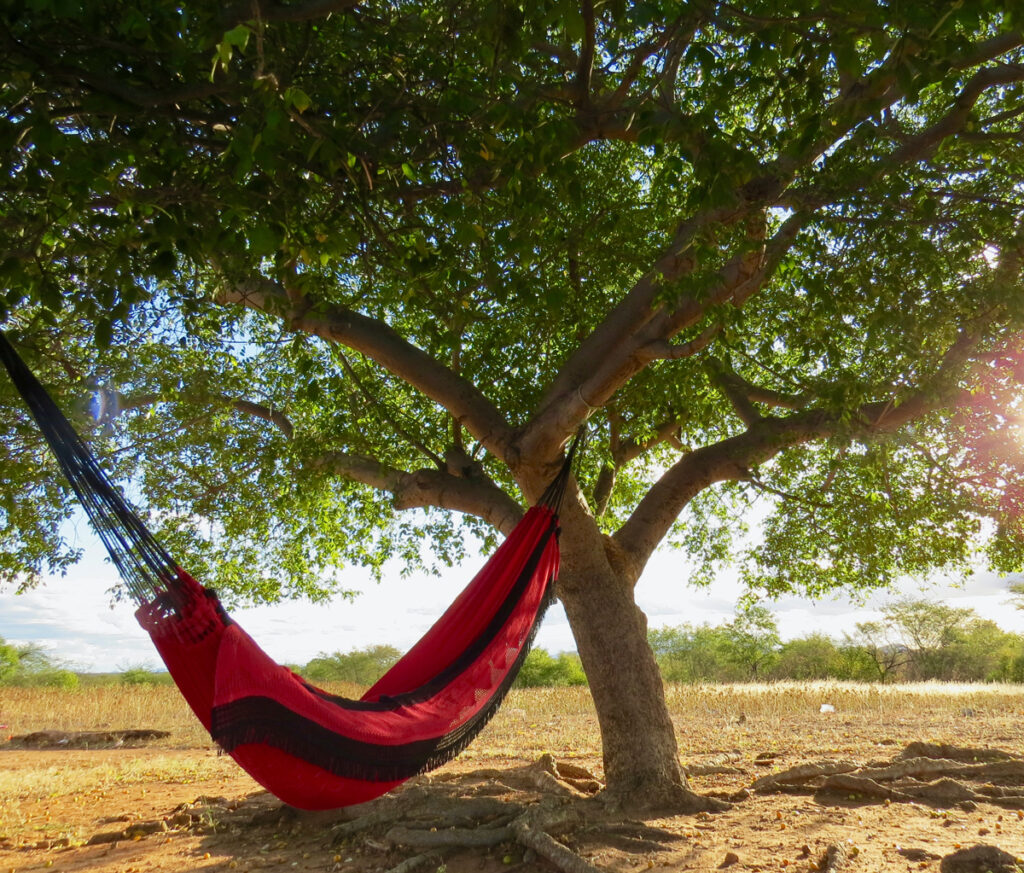

Additionally, there are places where hammocks can’t be used. In areas without much tree cover, such as deserts and above tree lines, there would be no place to set up your shelter.
Pros:
- Gets you off the cold, hard, and sometimes wet ground
- They pack down smaller and are lighter than tents
- With the addition of a bug net, there are no bugs guaranteed
Cons:
- Specific conditions, such as tree distance and trunk girth, are needed
- Requires trial and error to find comfortable positioning
- Can damage trees, and there are places they are not allowed
2. Natural Shelter
Creating or finding a natural shelter in the wilderness is generally utilized in emergencies or when you’re planning a longer-term stay.
The simplest structures to build are Lean-Tos and debris piles. A Lean-to is a one-sided structure with an inclined roof. Debris Piles are great emergency shelters. Pile a bunch of leaves and leaf litter together and climb into the middle for insulation and light reprieve from the weather.
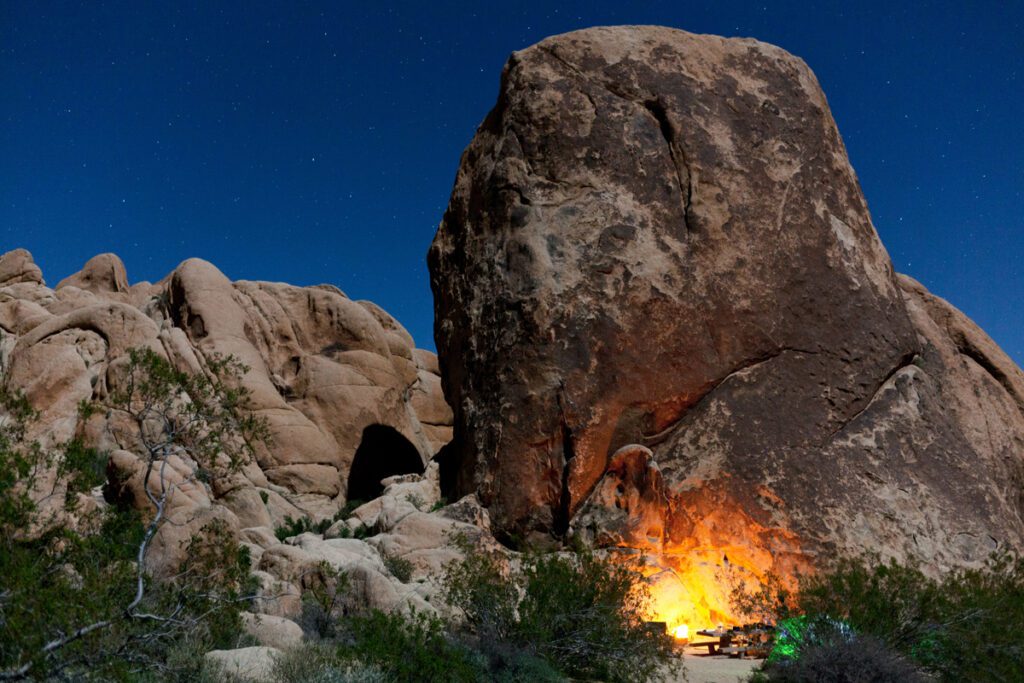

Caves, hollowed-out trees and logs, and rock overhangs make great natural shelters. It is essential to pay attention to what might already be using that space as a shelter. Look for fur, scat, and animal remains. If you notice these around the shelter, looking elsewhere is probably best.
Pros:
- Requires little to no effort to set up
- You don’t need to carry anything extra with you
- It will make you feel even more at one with nature
Cons:
- Finding a natural shelter isn’t guaranteed
- You might be sharing your space in a natural shelter
- It can take time to build/set up
3. Bivy Sack
Bivy Sacks, or Bivouac Sacks, are perfect for anyone who does a lot of solo backcountry camping. There are Bivy Sacks and Bivy Shelters.
A Bivy Sack is simply a waterproof sleeve that you slide your sleeping bag into. This helps keep your sleeping bag dry and increases the temperature by about 10 degrees.


Bivy Shelters are low-rise tents. They are just high enough to keep the fabric off your face and securely closed to prevent bugs and moisture from entering.
Pros:
- It is incredibly lightweight and easy to pack
- Very simple setup and take down
- It will keep you warm and dry and bad weather
Cons:
- There’s no room to move around inside, can be claustrophobic
- You will need other arrangements to keep your gear out of the elements
- Bivy Sacks do have room for moisture where it cinches closed
4. Tarp
Tarps are waterproof, incredibly lightweight, and easy to pack into a shape that works for you. These rectangular, waterproof pieces of fabric have multiple uses and allow you to adjust your sleeping situation to your area and the conditions you’re experiencing.
Other pieces of equipment are needed to make a tarp work. Ropes, poles, and/or stakes are needed to set your tarp up in the best way for you. Ultimately, utilize your tarp to block wind and rain from a consistent direction.
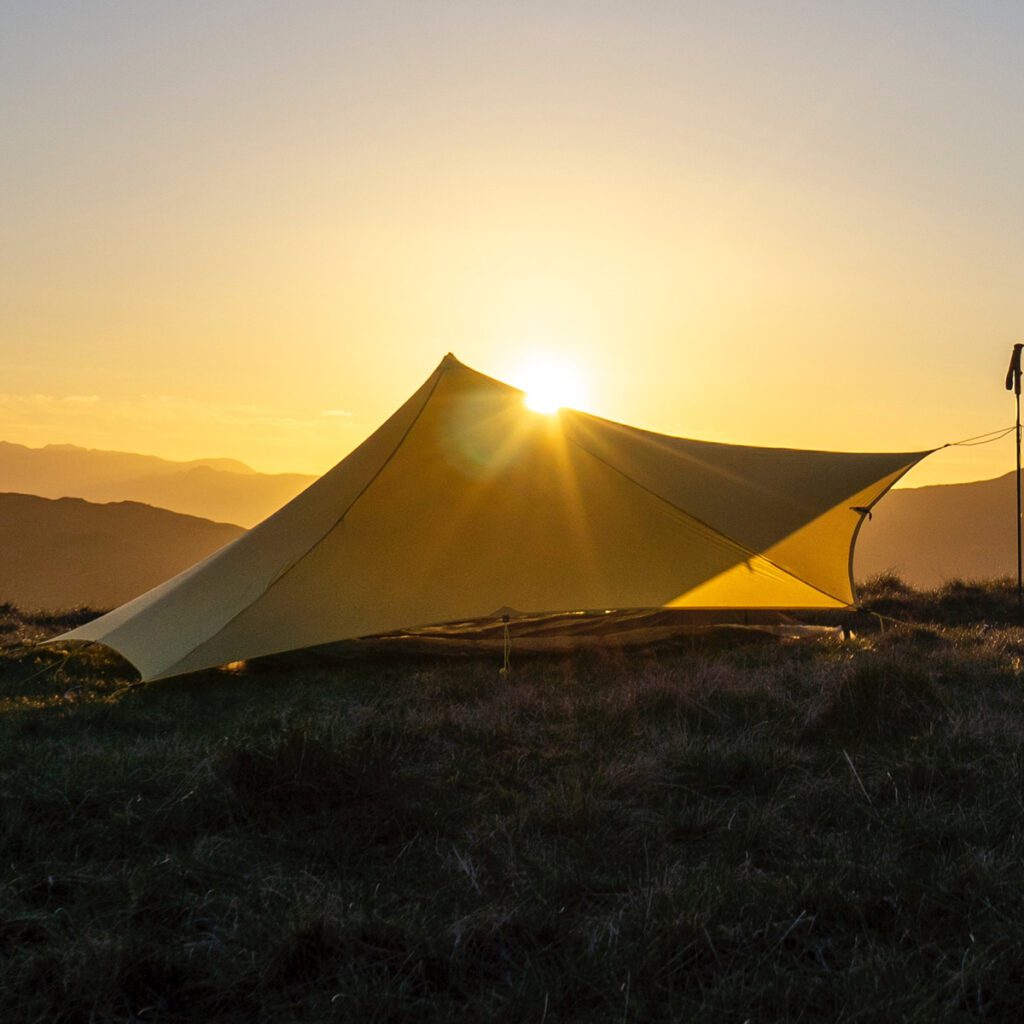

In fair weather, tarps can be used to sleep on top of. When you don’t need to block rain and wind, your tarp can be a barrier between your sleep system and the ground. The ground tarp strategy helps to keep your sleep system from the moisture of the ground, and it helps to keep it clean.
Pros:
- It is lightweight and doesn’t take up a lot of space
- A multi-use item you can use in multiple ways throughout your trip
- Is open and airy providing airflow
Cons:
- Doesn’t provide the same protection as a tent
- Lacks privacy since one side of your structure is open
- Won’t keep you as dry as a tent would
5. Cowboy Camping
Sleeping outside without a shelter is called cowboy camping. You may utilize a sleeping pad and sleeping bag, but you do not have any form of shelter around or over you.


Generally, the term cowboy camping describes sleeping out under the stars on a crisp, clear night. Many thru-hikers adopt this style due to its extremely lightweight setup. It also doesn’t take much time to set up or break down camp when you’re not using a shelter.
Pros:
- It is incredibly lightweight and doesn’t take up any space
- Quick and easy setup
- Enjoy stargazing and gorgeous sunrise views without leaving your sleeping bag
Cons:
- No protection from the elements
- You are one with the bugs
- There isn’t any privacy
6. Permanent Trail Shelters
Along many backpacking trails, there are pre-established shelters. Sometimes these shelters are free of charge on a first-come, first-served basis. Some trail shelters require payment and/or a permit to stay; sometimes, these shelters even offer amenities.


Most permanent trail shelters can sleep 8 to 12 hikers at a time. This makes them a great place to meet new like-minded people and share information about the trail you’re on or where you’re headed.
Pros:
- Allows you to pack less for your sleep situation
- No shelter setup time
Cons:
- The shelter you want to stay in might be full
- There is no bug protection.
- Privacy is limited
7. Car Camping
Car camping allows you to spend the night outside with minimal setup and a lot of protection. Because you can have your whole sleeping area set up before you leave, you can ensure maximum comfort with little setup time once you reach your destination.
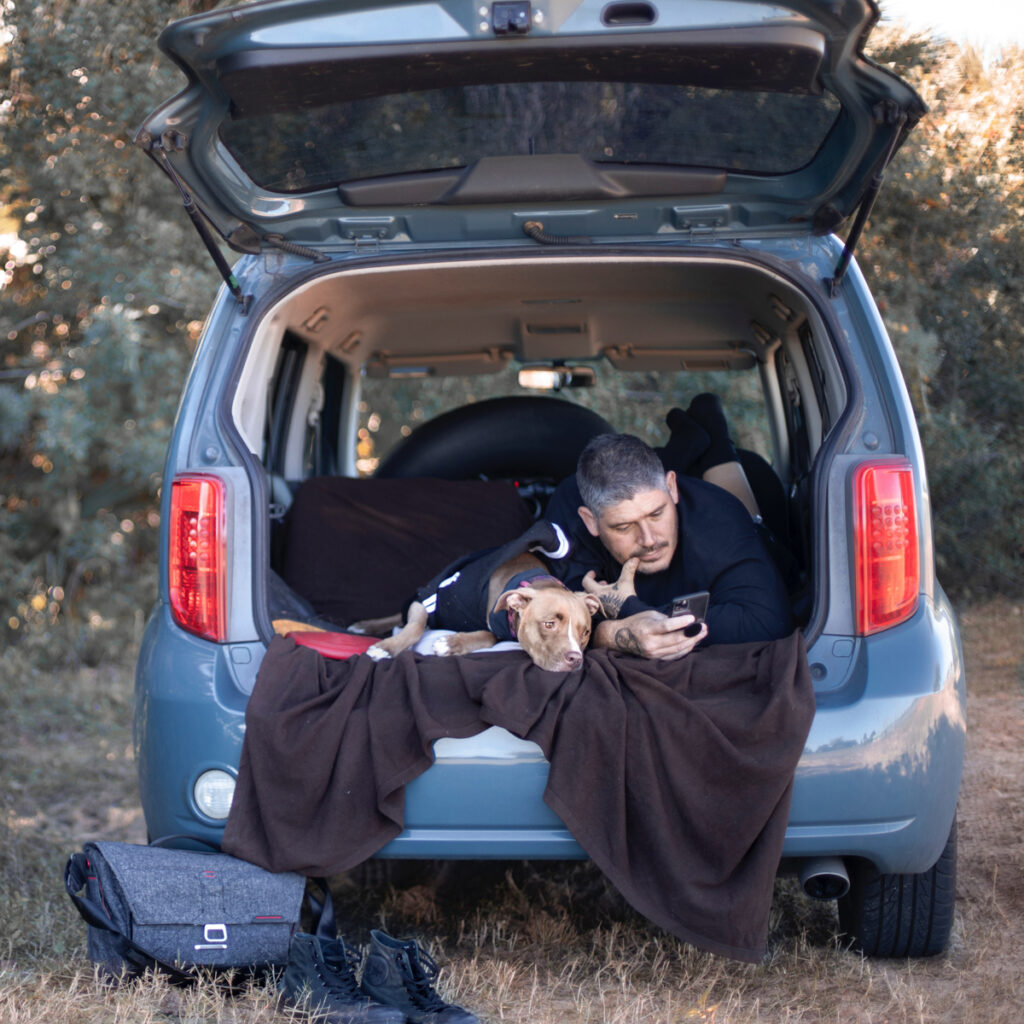

Make the back of your vehicle into a bed. You can do this with traditional sleeping pads or invest in an inflatable mattress that conforms to the shape of your vehicle. This allows you to car camp in various places and sleep outdoors without additional camping gear.
Pros:
- Safer than a tent since you can lock yourself inside
- Can create an incredibly comfortable sleeping space
- Impermeable weather barrier
Cons:
- You have to sleep where your car is parked
- Leaves less storage space for gear while sleeping
- You could be fined
How To Sleep Outside Without A Tent in Bad Weather
Although we don’t recommend sleeping outdoors without a shelter in extreme weather, it can happen. This is why you should always be prepared for all weather conditions when camping.
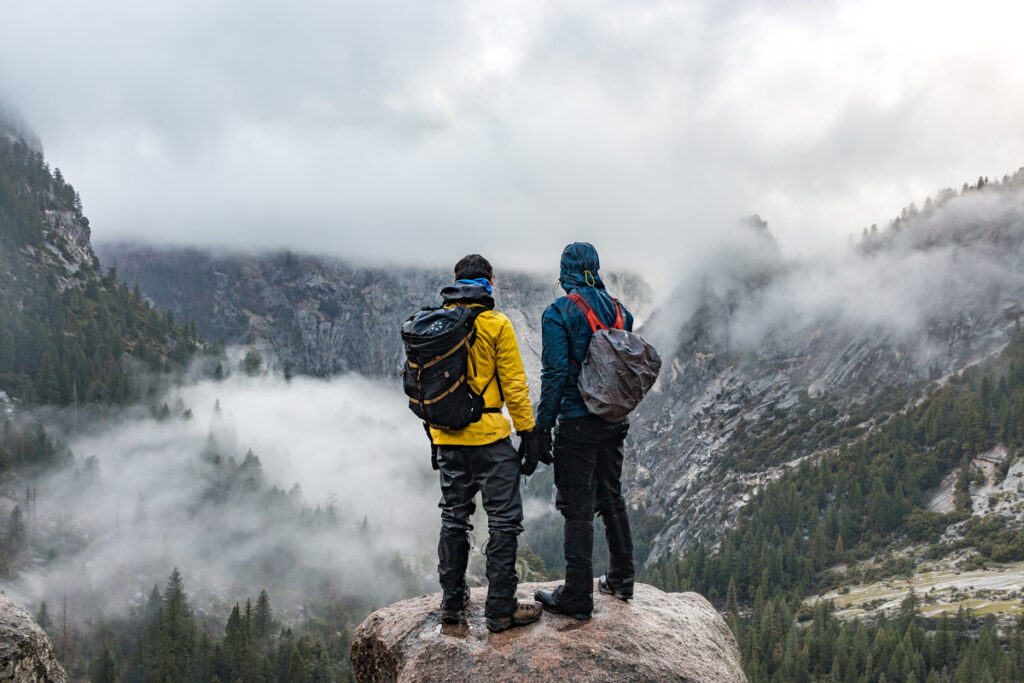

Essential Tips for Camping in the Rain
If you enjoy spending time outside and weekend holidays in nature, you’ll find yourself camping in the rain at some point. Although rain might not be anyone’s ideal camping condition, you can make the best of it with these 10 tips for camping in the rain.
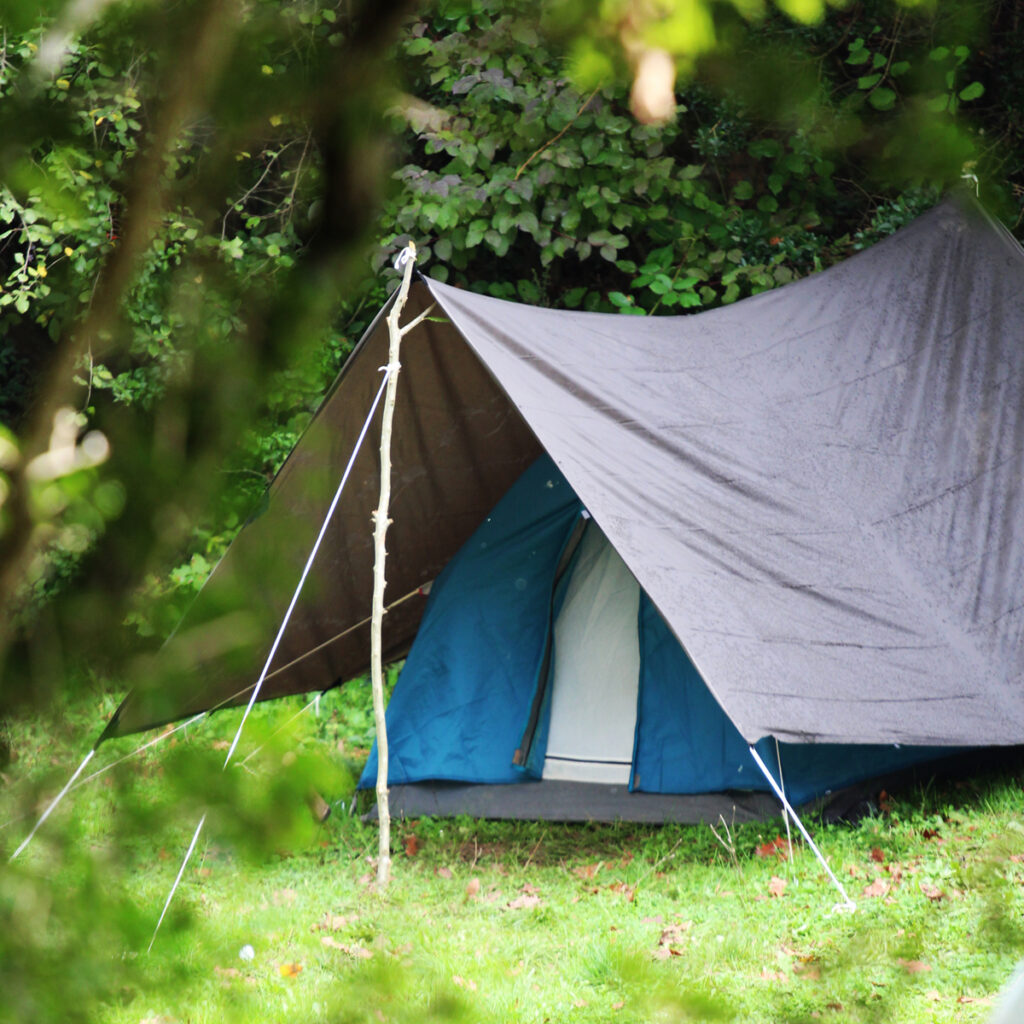

10 Tips for Camping in the Rain
Camping is a great time, no matter the conditions. Here are 10 tips for camping in the rain to ensure an epic, rain-or-shine vacation.
1. Waterproof Your Gear Before you Leave
If you haven’t already waterproofed your gear for the season, take the time to rainproof your gear before you leave.
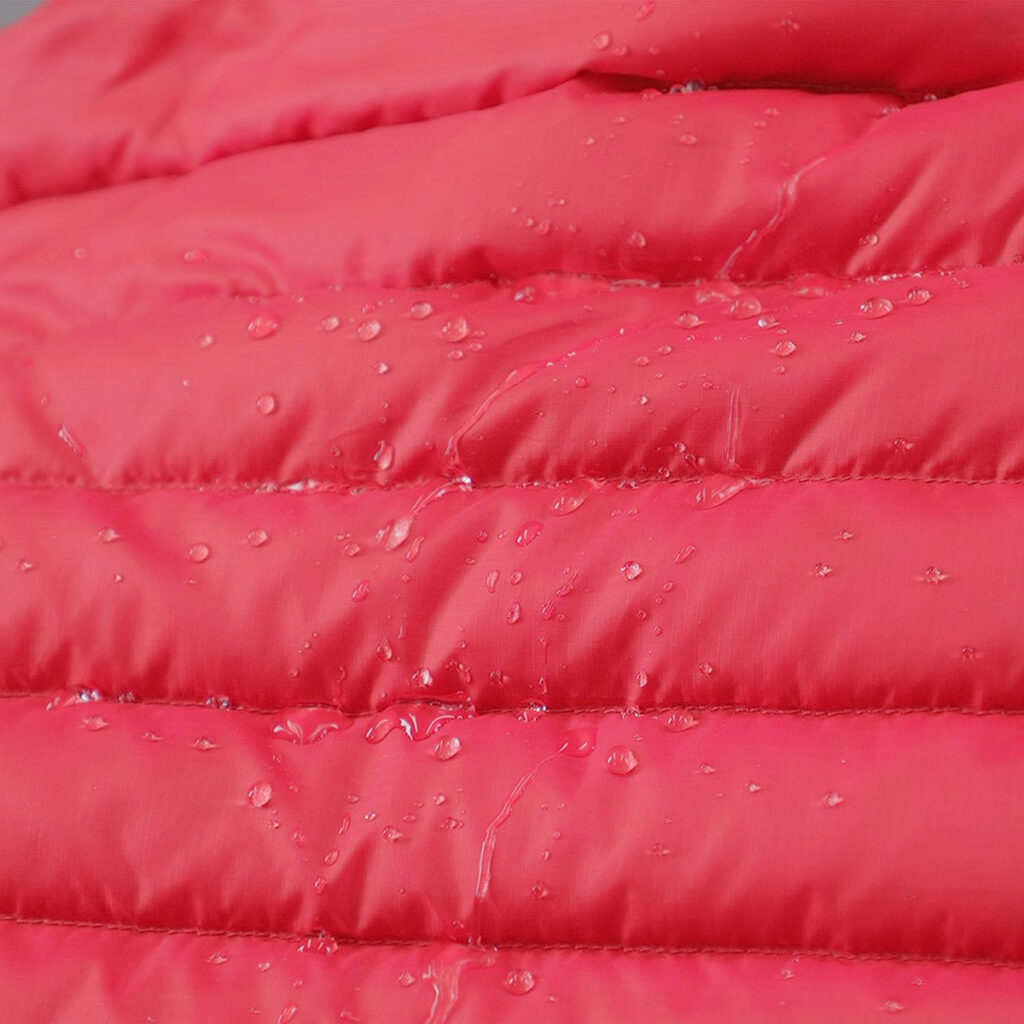

The best practice for maintaining the integrity of your waterproof gear is to wash it every 5-6 uses. This keeps the membrane clear of dirt, oil, and smoke, which will block the membrane’s pores and affect its performance. After washing gear, throw it in the dryer for 20 minutes on medium-low heat to reactivate water-repellent treatments.
Regardless of how often you do this, you should wash and dry gear thoroughly before applying a spray on DWR treatment. Durable Water Repellent can be applied to tent rain flies. ground clothes, rain jackets, and more. Use a spray to ensure that only your item’s exterior receives treatment, and let dry for 24 hours or more.
2. Don’t forget your Rainfly or Ground Cloth
Your tent rainfly and ground cloth are essential to your comfort when camping in the rain.


The rainfly is like a cover for your tent. It stretched over the structure to protect it from the elements. Many tents come with a rainfly that meets the specific footprint of your sleep system and rigs up to your tent structure.
A ground cloth is a waterproof sheet placed between your tent floor and the ground to protect from moisture. They’re lighter and smaller than tarps and are often designed to fit your specific tent size and shape.
When used together, these two items help prevent unfortunate sleeping situations when camping in the rain. Nobody wants to take up in puddles! Please remember these two very important pieces of equipment.
3. Pitch Your Tent on High Ground
When you arrive at camp, look at your campsite and choose your tent spot wisely.
One of the important tips for camping in the rain is pitching your tent on high ground. Choose the best location to ensure dry success.
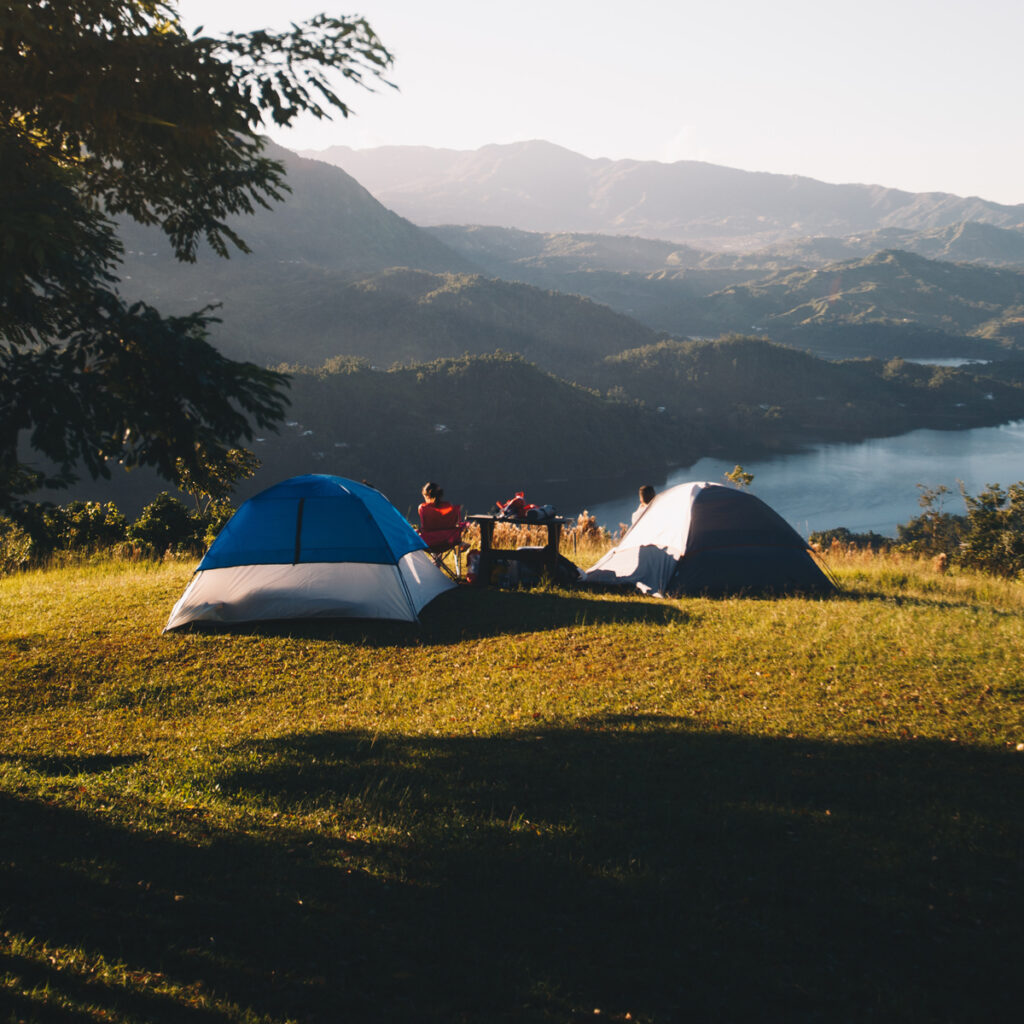

Setting up under a thick canopy of healthy tree limbs might help to keep you and your tent dry during setup. If there’s no danger of falling branches, you can stay put or choose to move your tent after setup.
The best long-term location is flat ground with good drainage. Look for natural drainage routes if your campsite is at the bottom of a slope. Steer clear of these crevices in the dirt to keep your tent’s floor as dry as possible.
4. Sleeping Pad
We recommend that everyone use a sleeping pad for insulation and cushion when tent camping.
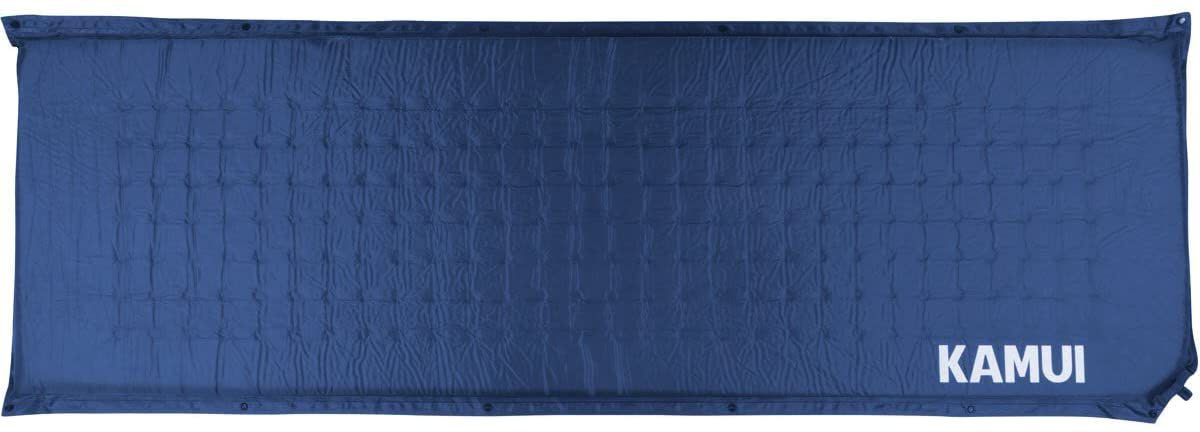

KAMUI’s self-inflating sleeping pad is made of water-resistant fabric and will raise you two inches off the ground. This means that both you and your sleeping pad are protected from moisture.
Additionally, KAMUI self-inflating sleeping pads can be connected horizontally and vertically with buttons. You can stack sleeping pads for additional back support and distance from the ground. If you’re sharing your sleeping space with others, connect your sleeping pad horizontally to create a space where no water should seep through.
5. Bring Tarps
Tarps are great multi-purpose items to bring along to any campsite. A tarp can usually do the trick if you’re looking for sun, wind, or water protection. Bring tarps, bungee cord, and/or paracord so you can rig up your tarp however you see fit.
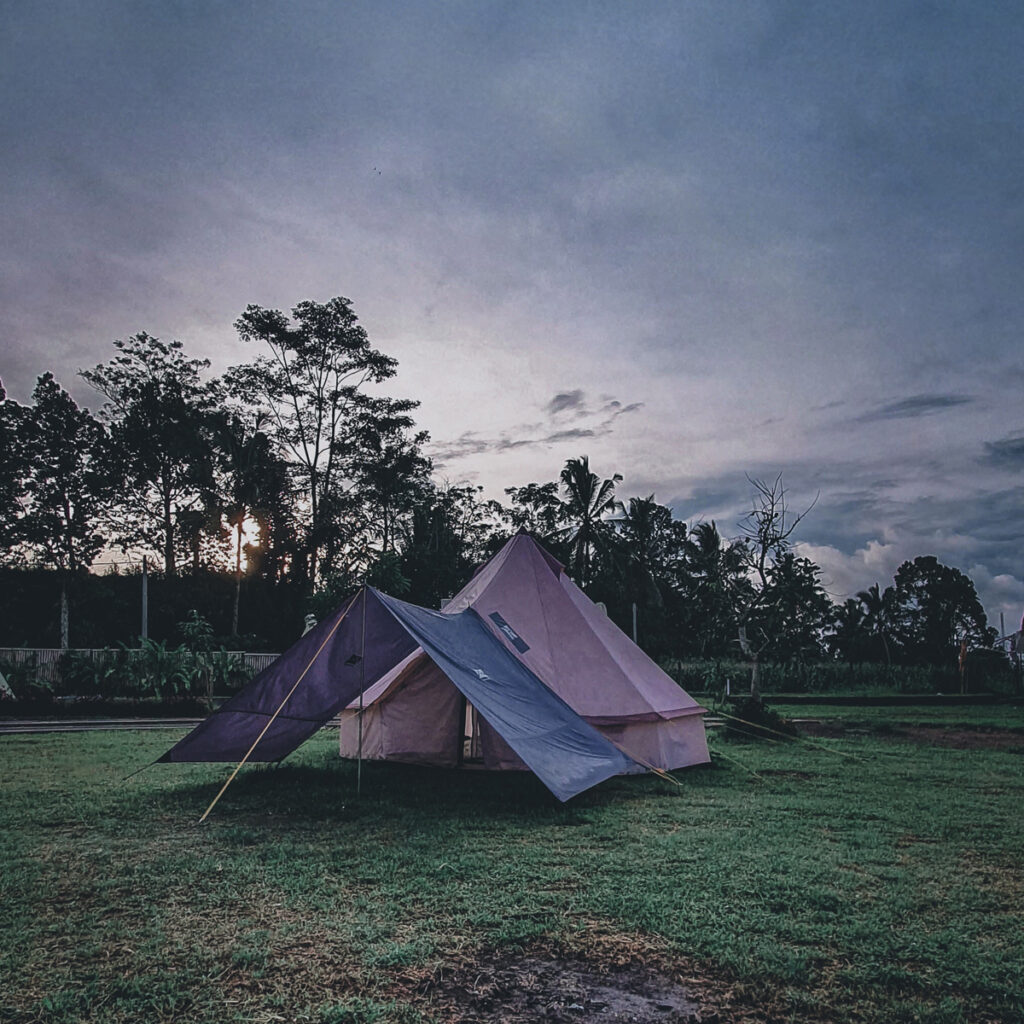

Hang it over your tent for additional rain protection or use it to create a dry space for hanging out and eating dinner. Regardless of how you use it, you’ll be happy you brought it along.
If not for anything else, line your trunk with the tarp when it comes time to pack up camp so all the water can sit on top of the waterproof fabric.
6. Pack the Pop-Up
Once you bring a pop-up tent when camping, you’ll never want to camp without one again. Pop-ups make for a great reprieve when camping in the rain. A place where you can stand up, move around, and not get wet can make a huge difference in the enjoyment of your camping experience.


Place pop-up tents over your cooking area, create a hangout space with camp chairs and games, or place it over your sleeping tent for additional protection.
Linking multiple pop-up tents together is another great way to take advantage of dry space. Additionally, using tarps to extend the dry area to create walls is a great use of resources.
7. Stay Off the Ground with a Good Camp Chair
Anybody who enjoys camping should have a good camp chair, especially when it’s raining. When camping in the rain, you’ll likely be sitting around a lot. If you’re going to be sitting, you might as well be dry and comfortable.
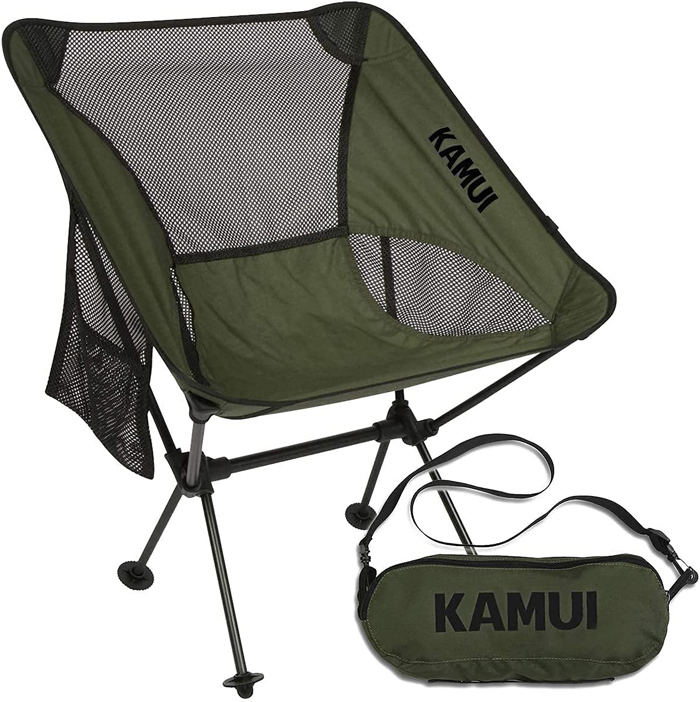

Portable camp chairs allow you to sit comfortably throughout your camping trip whenever you’d like. This is especially important when it’s going to be wet, and you’ll likely be spending a lot of time sitting under a dry space.
The KAMUI Camping Chair is great for its comfort, packability, and larger feet. These larger feet provide additional stability in sand and mud, which you’ll likely experience when camping in the rain.
8. Don’t Forget your Waterproof Gear
Forgetting your camping and hiking gear made for the rain would certainly make the trip less enjoyable.
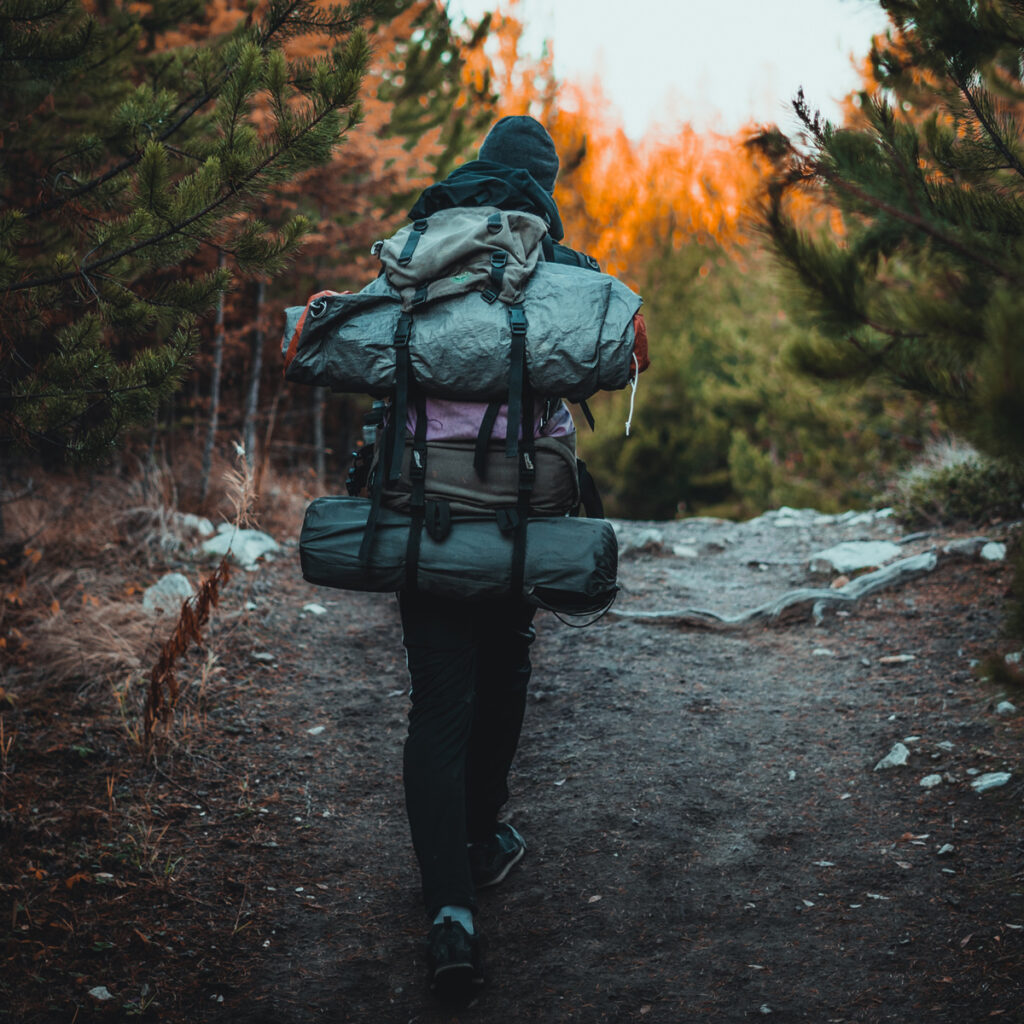

A rain jacket, rain pants, and waterproof shoes are necessary for outdoor activities in the rain. Adding a bucket hat also helps to keep the rain off your face.
9. Food that Doesn’t Require Cooking
Standing outside in the rain and attempting to cook over a camp stove or a fire is pretty miserable.
If you know you’ll be camping in the rain, plan on bringing food that doesn’t require cooking. It’s even a good idea to bring a few options on every camping trip just in case.


The effort to cook at camp in the rain is extensive and demoralizing. Being able to eat your meals without worrying about cooking makes the experience much easier.
KAMUI’s Camping and Backpacking Food is great for camping and hiking trips. Whether consumed because of weather conditions or convenience, it is a great addition to any camping gear list. Add hot water to the pouch, and enjoy the taste of authentic Japanese food in 15 minutes. You can also use room-temperature water, but you’ll have to wait around 60 minutes for the meal to rehydrate.
10. Fun Rainy Day Activities
If you go camping in the rain, chances of partaking in your normal outdoor activities are slim.
Pack fun activities you can do, rain or shine! Think of easy-to-pack, easy clean-up games that everyone can enjoy such as card games, multi-player board games, and charades-style activities.
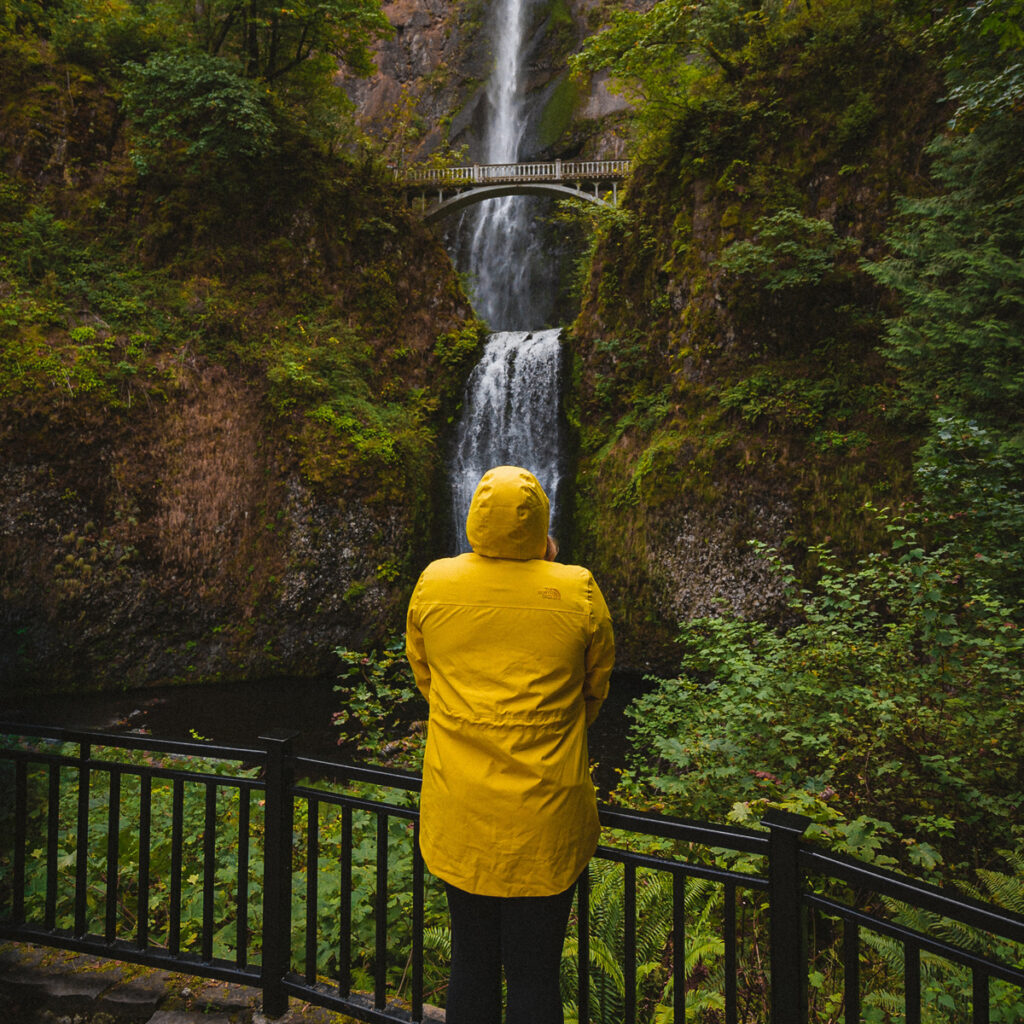

If you are camping in the rain alone or with a partner, you may want to read, write, or create art while stuck under a rainproof shelter. Musical instruments are always a hit as well! However, I’d only recommend bringing them if you play them in a dry place.
If all else fails, embrace the rain and do some puddle hunting. With proper preparation, rainy day hiking, biking, and paddling can be a safe and enjoyable experience.
What Should I Do After Camping in the Rain?
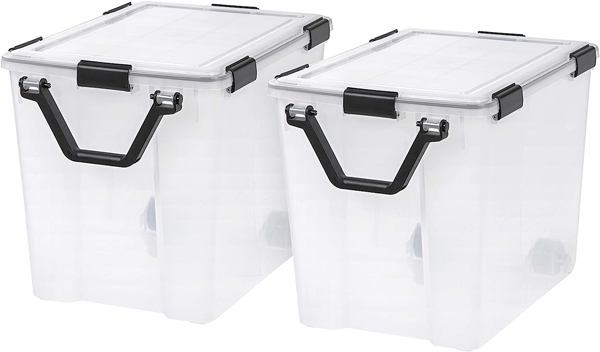

- Air Out and Dry Your Gear
No matter why your gear may be wet, air out and dry it after every camping trip. This means setting up your tent to dry in the sun, a garage, or a living space and throwing other wet items over a clothesline and/or in the dryer. - Store Wet Gear in Bags for the Trip
Bring bags to store your wet gear to prevent your vehicle from smelling and becoming wet. These bags or totes can be reusable, or they can simply be repurposed clean garbage bags. - Wash Gear that Needs Washing
Some gear will require a wash. Whether muddy, smelly, or otherwise dirty, throwing your gear in the washing machine after a trip is normal. However, to improve longevity, you should wash your camping gear every 5 to 6 uses. - Reorganize your Camping Supplies
Once everything is clean and dry, reorganize your camping supplies. Ensure everything you bring is accounted for and returned to its original location in preparation for future camping trips. - Take Notes for What You’d Do Differently
After a camping trip in the rain, take notes about what you’d do differently. Sometimes, this requires planning, and other times, it requires purchasing new gear. Either way, it will allow you to be better prepared for future camping trips so that you have the best time in the outdoors.
Camp in Any Weather
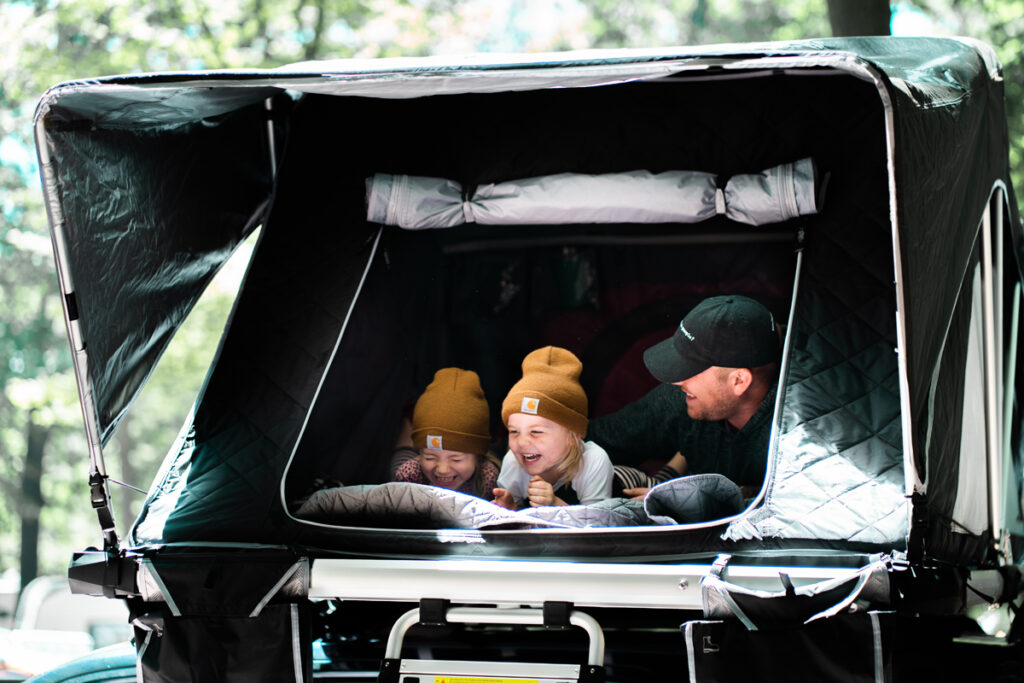

Don’t let rainy days keep you from getting outdoors. If you plan and prepare accordingly, you can enjoy camping in various weather conditions.
Cold
Creating a barrier between you and the ground will be the key to your comfort when sleeping outside in the cold. Ensure the sleeping pad or pads you are sleeping on have a high r-value to help protect you from the cold ground. Additionally, look for an appropriately rated sleeping bag.
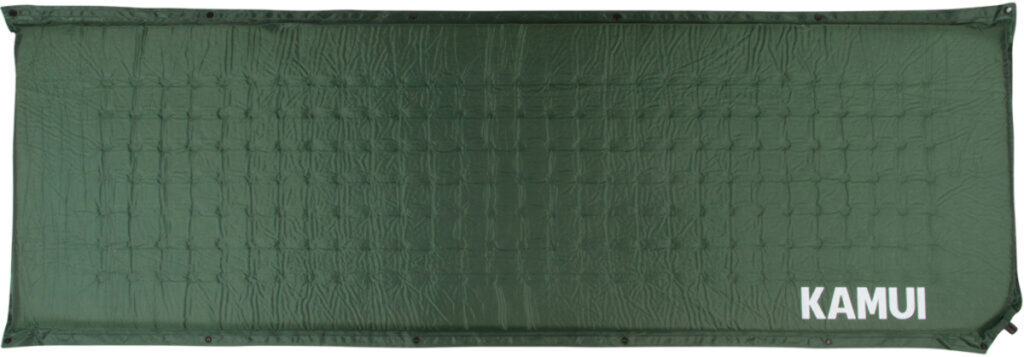

Wet
Find a naturally sheltered area. Sleep in a hammock to stay off the wet ground or set up a tarp to prevent rain from falling on you while you are sleeping. Hang boots and backpack upside down from a tree to keep the inside as dry as possible.
Water-tight storage boxes are also great gear to invest in if you might be stuck outside in the rain. They’re perfect for storing camp kitchen items and more while not in use.
Dry bags are also a great investment for outdoorsy folks. Keeping electronics, maps, and other at-risk valuables in a dry bag helps them stay dry in all kinds of weather.
Wind
Find the direction the wind is blowing from and create a block in that direction. You can do this by setting up a tarp or finding a natural feature. If setting up a tarp, angle it down to the ground in the direction the wind is coming from and make sure it is well secured.
How Do I Protect Myself from Bugs Sleeping Outside Without A Tent?
When camping, you are sleeping in the bugs’ home. Bug bites may be uncomfortable but can also spread diseases such as Zika and West Nile. Avoiding bug bites is crucial to your health and enjoyment. While you can’t always avoid them, here are a few ways to try!
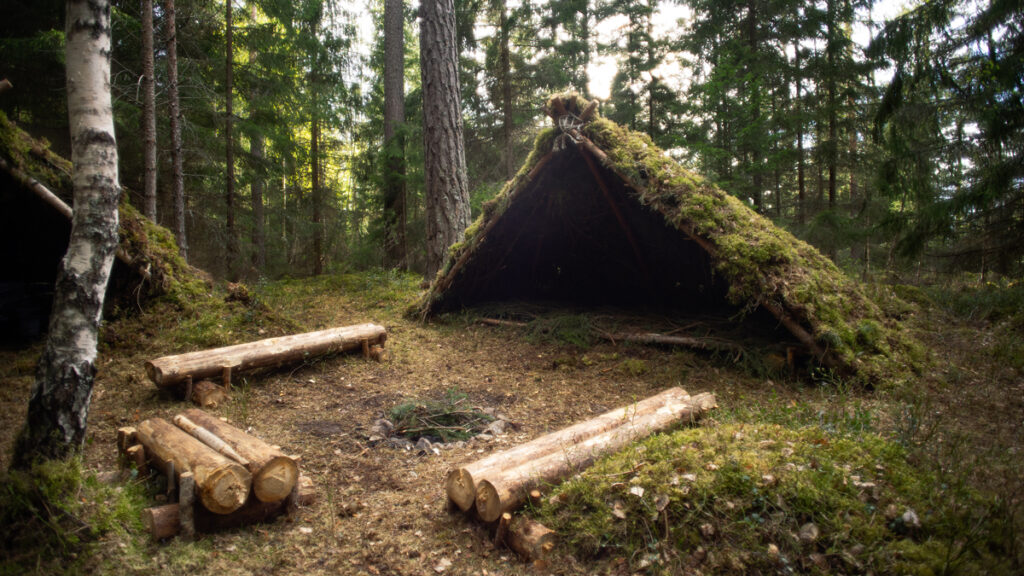

Mosquito Netting
Place mosquito netting around your sleeping area to protect you from bugs while camping. Certain setups, such as hammocks, have specific bug net systems that make set up and break down quick and easy. Be creative with your mosquito netting a design a great bug-free sleep setup.


Bug Spray
Use good old-fashioned bug spray to keep the insect away. DEET insect repellents are by far the most effective. However, they are full of harsh chemicals. Bug sprays with picaridin as their active ingredient are better for their users overall.
Permethrin
Treat gear with Permethrin. Permethrin is an insecticide that, when put on clothing, repels mosquitos. You can treat clothing and gear such as boots, pants, socks, and tents or buy permethrin-treated clothing and gear.
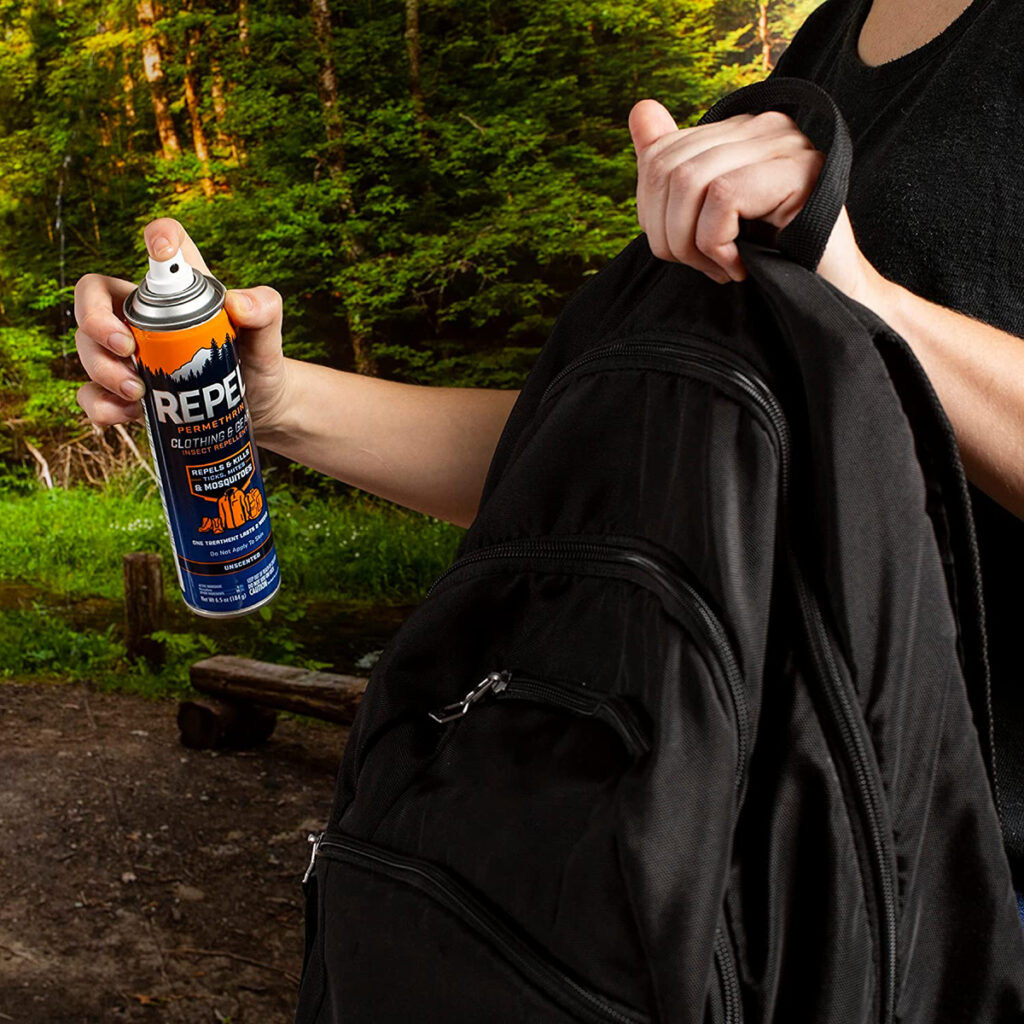

Thermacell
Enjoy a 20-foot zone of advanced mosquito protection with various rechargeable Thermacell systems. Enjoy a bug-free sleep without harmful chemicals on your skin or clothes.
Clothing
Wear long sleeves and long pants to keep bugs off your skin. Choosing thicker materials, such as wool and nylon will help prevent bits through your clothes. Additionally, wearing clothes in blue and green hues might also prevent bug bites as those are complex colors for bugs to register.


Conclusion – How To Sleep Outside Without A Tent
Without a tent, sleeping under the stars is your best bet. You can completely rough it with only a sleeping pad and bag or take shelter inside your car, a natural shelter or squeeze yourself inside a bivy.
As long as the weather permits and all safety measures are considered, sleeping outside without a tent offers alternatives that depend on available resources. It should be fun because it contributes to the adventure and brings us closer to nature.

